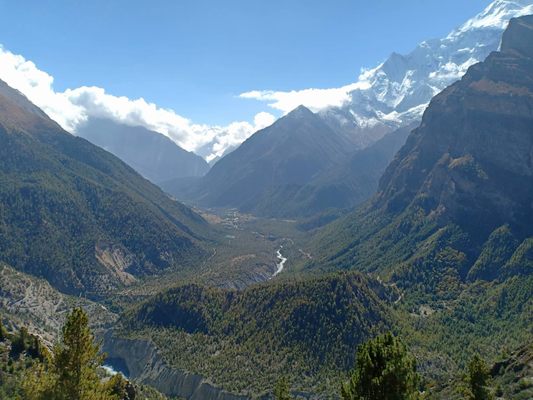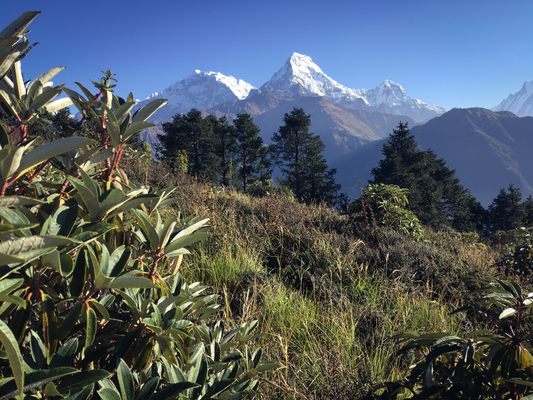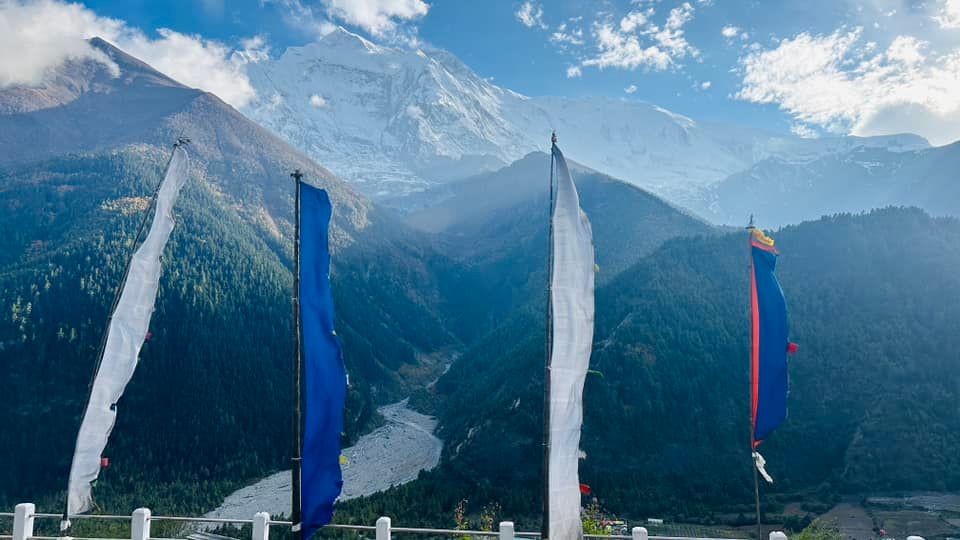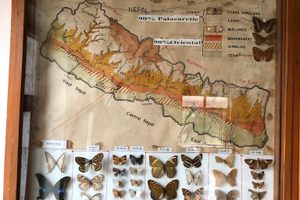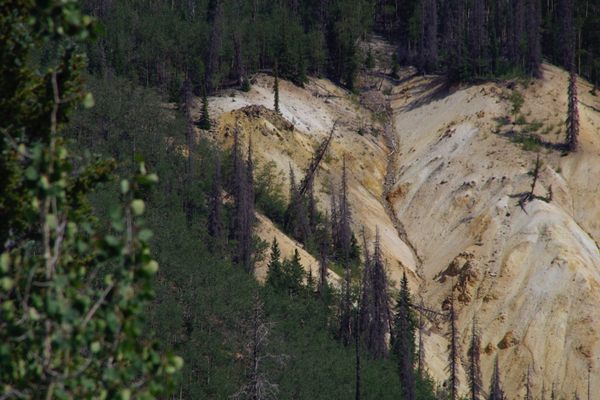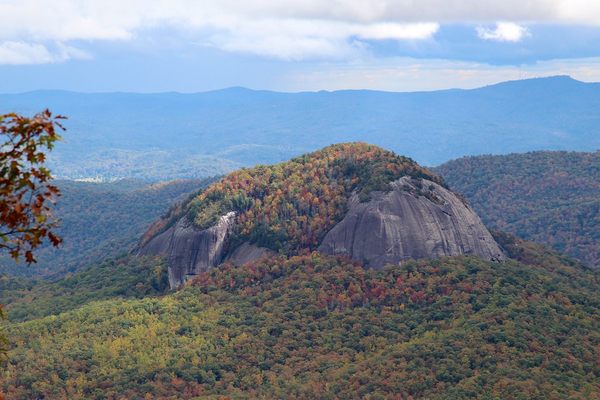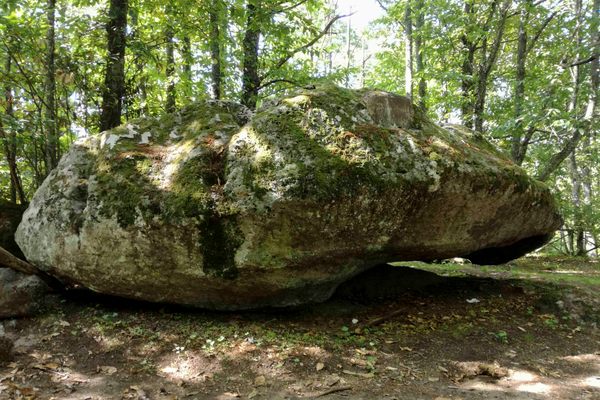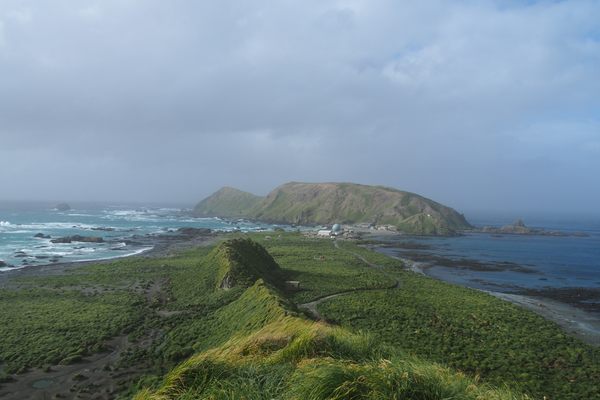About
There are 14 independent peaks that make up the “Eight-thousanders”, an elite group of mountains that tower more than 8,000 meters (26,247 ft) above sea level, all of which lie in the Himalayan and Karakoram ranges in Asia. The most popular of these mountains, Mount Everest, has taken the life of many a brave or foolhardy explorer, but there is another Eight-thousander that makes Everest look like a kiddie ride. Her name is Annapurna.
Since the first recorded ill-fated expedition of Albert F. Mummery and J. Norman Collie in 1895, men and women have been compelled to conquer these peaks, and ironically the first successful ascent was located on Annapurna by famed adventurers Maurice Herzog and Louis Lachenal in 1950. The expedition was successful, but not without a heavy cost – Herzog lost the majority of his fingers and toes to frostbite, and to stave off gangrene had to perform amputations on the mountain, sans anesthetic. No one dared to climb Annapurna again for 20 years.
Annapurna is not the tallest mountain – in fact, it's 10th tallest on the list of the 14. Yet it currently has a fatality-to-summit ratio of 38% which, though recently improved from 40%, is still the highest fatality rate of any of the Eight-thousanders. Why it claims so many lives is uncertain, although the glacial architecture and the illusions it produces have been cited as examples of its treachery. Whatever the reason, this quiet giant with the difficult south slope has called over 200 explorers to her snowy cliffs, and decided to keep over 50 of them as her own.
Related Tags
Community Contributors
Added By
Published
May 28, 2013
Sources
- https://missionhimalayatreks.com/trips/annapurna-base-camp-trek
- https://trexmount.com/package/annapurna-base-camp-trekking/
- http://blog.stadum.com/2007/02/annapurna-most-dangerous-mountain.html
- http://en.wikipedia.org/wiki/Eight-thousander
- https://www.gokyotreksnepal.com/
- Hayden Carpenter July 28, 2015 writing in https://rockandice.com/


